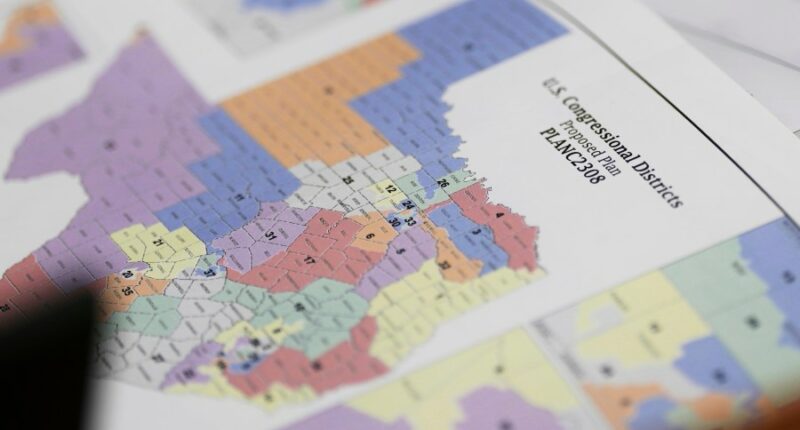Share this @internewscast.com

The Associated Press used an “efficiency gap” analysis to examine congressional elections in 2024 and other recent presidential election years.
The test, created by Eric McGhee of the nonpartisan Public Policy Institute of California and Harvard Law School professor Nick Stephanopoulos, identifies states where a political party is exceptionally effective at converting votes into legislative victories. The larger the efficiency gap, the more pronounced the advantage that Democrats or Republicans gain from district boundary configurations.
This formula also estimates how many more seats a party won than anticipated, given their vote share. These are termed “excess seats.”
The formula examines votes won by Democrats and Republicans in each district, disregarding independent and third-party candidates. When a major party candidate was unopposed, the AP used the presidential candidate’s vote share instead. The creators argue that assuming uniform party support is unrealistic, and recommend estimating a probable outcome had voters been presented with options. Presidential votes are utilized because they closely align with congressional votes.
The efficiency gap, highlighting partisan advantages, can suggest intentional political gerrymandering by those who drew the district lines. However, a state’s districts might have a partisan inclination for other reasons, such as clusters of like-minded voters residing together.
















